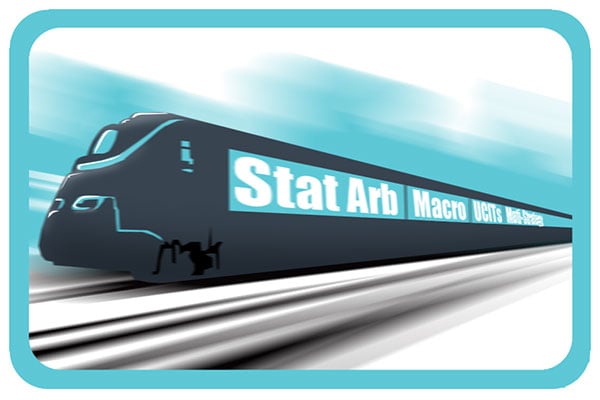In the classic 1923 book Reminiscences of a Stock Operator, securities trader Jesse Livermore (disguised as author "Edwin Lefèvre") frets about how his big positions might affect the market:
“You can't expect the market to absorb fifty thousand shares of one stock as easily as it does one hundred. [The trader] will have to wait until he has a market there to take it. There comes the time when he thinks the requisite buying power is there. When that opportunity comes he must seize it."
When we at Eze look at the market 90+ years later, it's no longer just about equities — traders are looking to seize the opportunity using an ever-widening variety of asset classes and products. Long/short equity has long been the dominant strategy in the alternative space. But these days almost every fund we bump into now is running some sort of multi-strategy structure, whether a relative value or a quantitative strategy or a credit strategy. And the strategies are continually evolving.

Unfortunately, most of today's financial software isn't quite up to the challenge of helping funds manage the complexities of this market.
Part of the story here is speed. When asset managers see an opportunity in the market, they need the ability to very quickly develop a strategy, build infrastructure, and launch a fund with all the necessary elements of compliance, operations, and reporting in place. That's been the goal with Eze Software Investment Suite — get infrastructure in place for investment managers to get funds up and running quickly and comprehensively, so there's less opportunity left on the table.
It's an asset-gathering story too. The largest funds, the major players, are going beyond their bread-and-butter strategies. Investors that have historically invested with a long/short equity fund might not want to put another $500 million in that strategy. But if the fund can offer another strategy with a different risk/return profile, the investors may well stay put — provided that the investment manager can prove it's equipped to handle the expansion.
So what does an ideal setup look like? It's a flexible, versatile technology platform that handles all of the major touchpoints within a workflow — and it's scalable to accommodate as many versatile strategies as a client might need. Getting this right reduces expenses while increasing efficiency. Not every firm has the bandwidth to hire a technology and operations team for every new strategy it brings on board. The right technology platform can help the firm run multiple strategies using one team and one system. A consolidated investment workflow means freedom to be flexible, at a low cost.
This is where the right approach to operations can end up being a very real competitive advantage. At the end of the day it all boils down to returns, and saving money can help generate substantial alpha for investors.
Don't believe me? Here are a few case studies showing how the Eze Software Investment Suite has helped clients painlessly diversify their strategies.
That's it for now. Don't forget to subscribe, and go read Reminiscences of a Stock Operator if you haven't already — it's fascinating to see how much the market has changed... and how much it hasn't.
